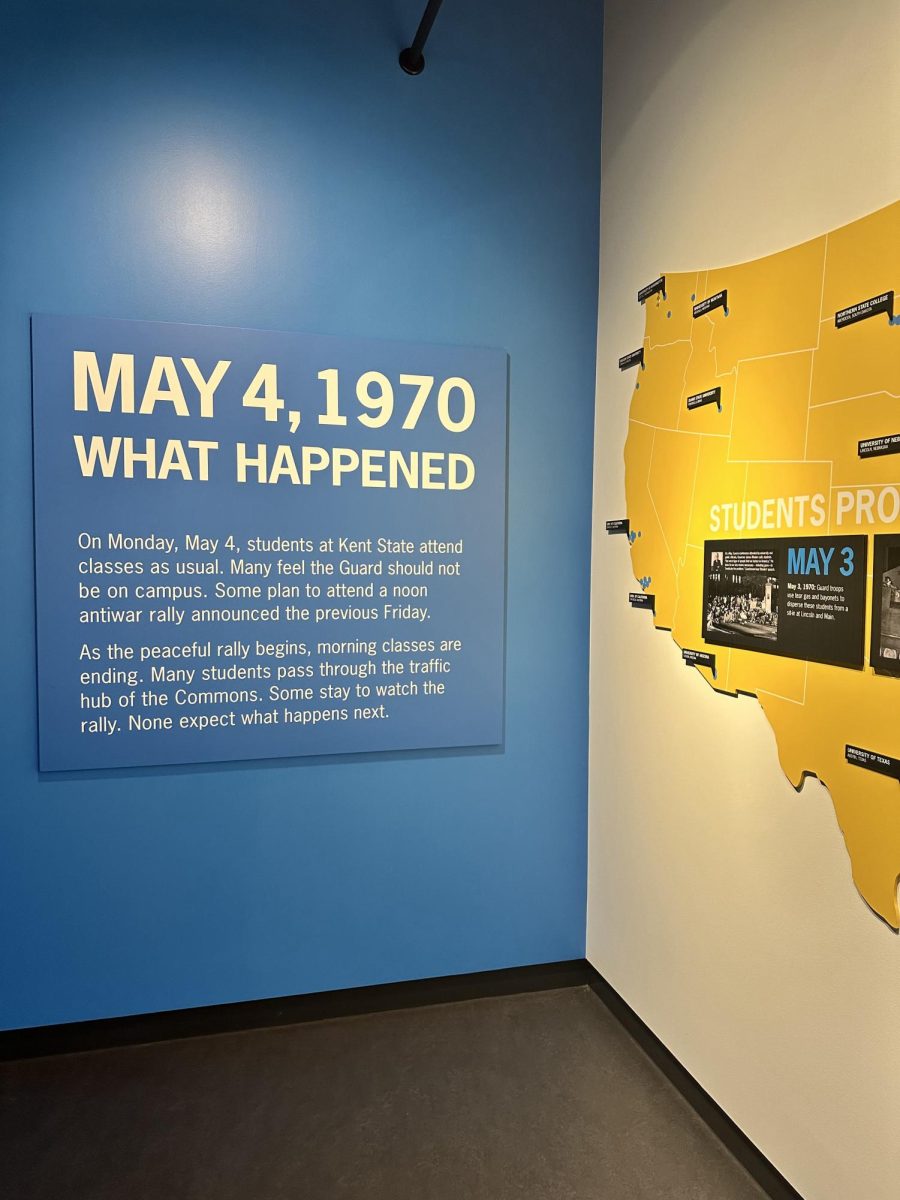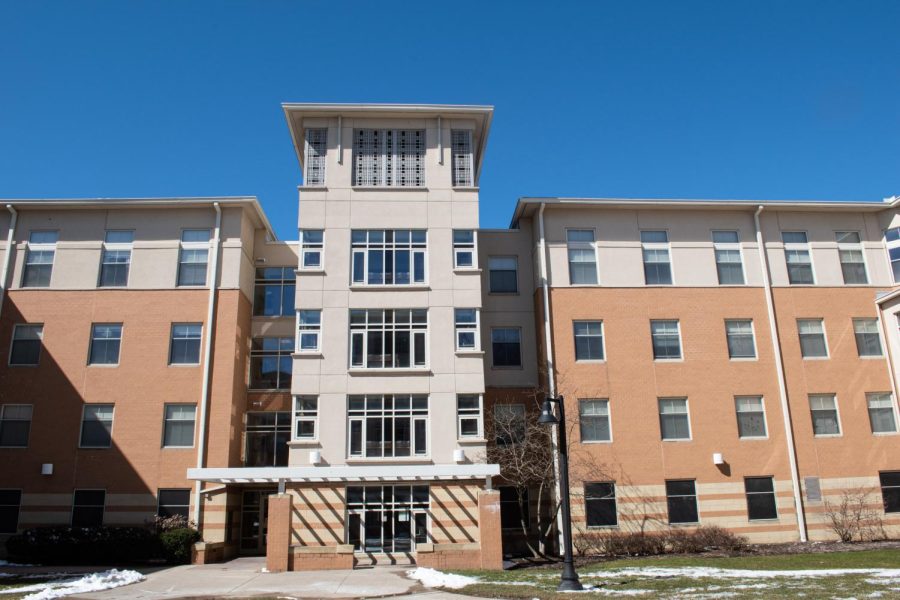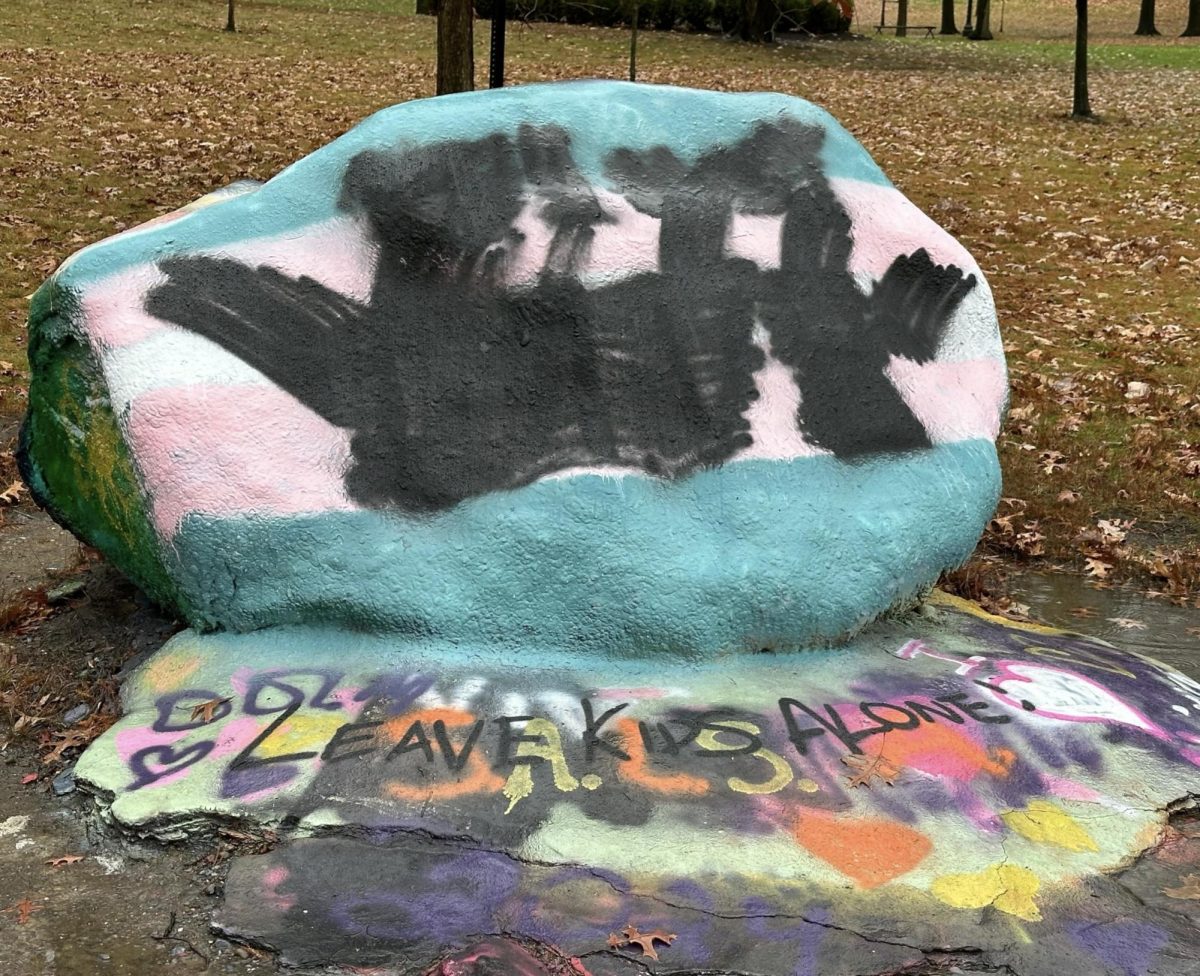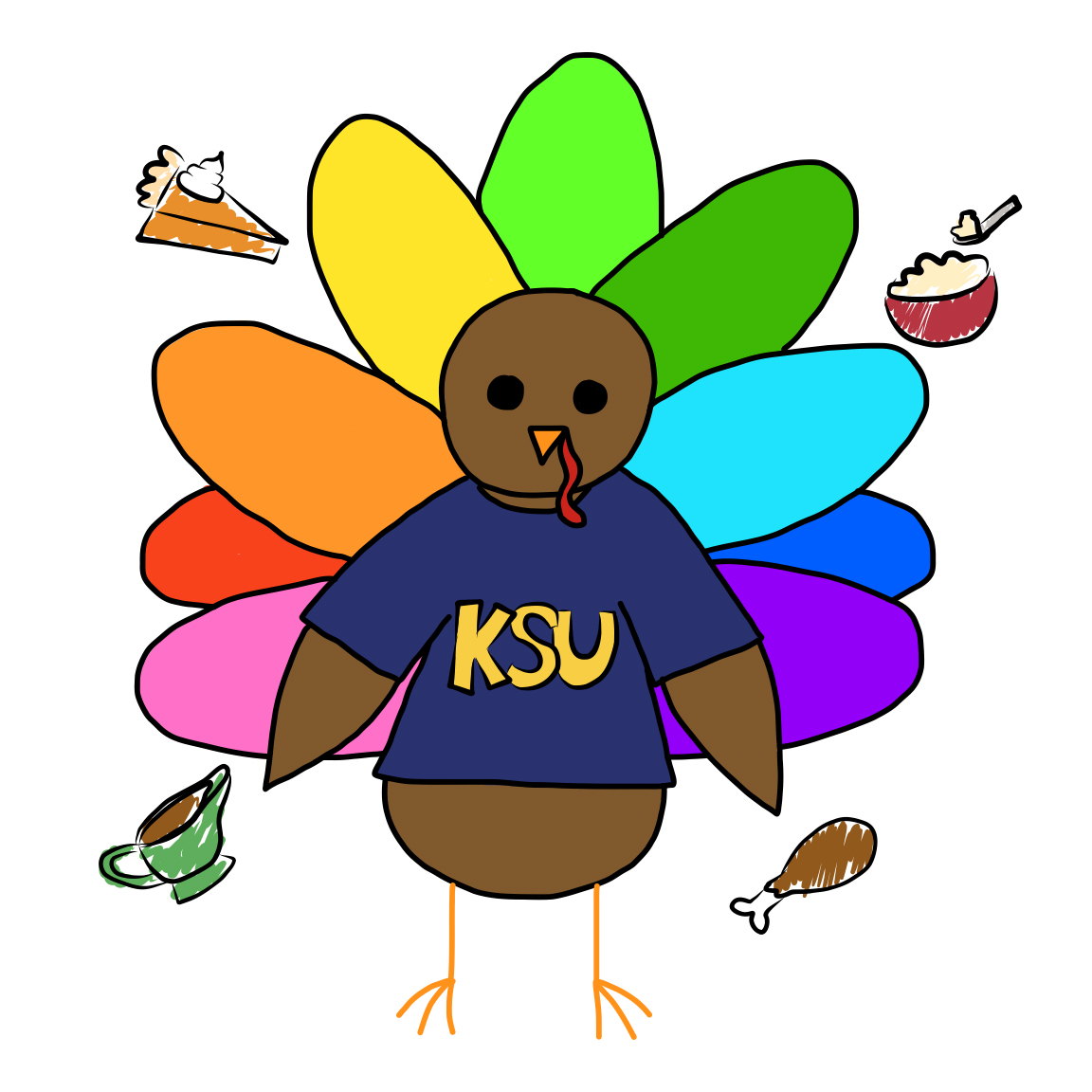On May 4, 1970, four Kent State students lost their lives and nine were injured after being shot by the Ohio National Guard during a protest against the Vietnam War.
May 4 awareness, rooted in and established by decades of student activism, now stands as a flourishing and dynamic legacy that is celebrated and honored in the present day.
“There might not be a May 4 commemoration or the ongoing 50 years plus of May 4 education without students at Kent State,” Roseann “Chic” Canfora, a journalism professor and eyewitness to the shootings, said.
Canfora witnessed the shootings as a student at the university. Since then, she has been heavily involved in May 4 activism.
Student activists were part of a long battle for the university to take ownership of the shooting and honor its past in regard to the events of May 4.
For years after the shootings, the university tried to distance itself from the events of May 4.
“Five years after, we had a university president that said, five years was long enough to hold annual commemorations … seven years after the shootings they built a gymnasium on the site of the May 4 shootings in an effort to bury the scene of their crime,” Canfora said. “They just wanted us to go away.”
The university continued to dodge responsibility for May 4 commemoration for years, and the responsibility fell onto students.
“Students who were in finals week every year were responsible for ordering all kinds of staging and equipment, sound equipment, doing all of the publicity and all of the event planning that went around May 4,” said Canfora.
The fight didn’t feel resolved until 2018 when former president Beverly Warren spoke at the Chautauqua Institution, a nonprofit education center in New York.
“It was the first time we heard a university president acknowledge that it was wrong to leave students so vulnerable to attack in 1970 and that the university had a responsibility to commemorate and teach about May 4,” Canfora said.
After decades of the university denying the tragedy and neglecting to honor it properly, students were finally able to focus on what mattered on May 4.
This is especially impactful to students on the May 4th Task Force, which is a student-led organization dedicated to raising awareness and planning events related to May 4.
“Before we saw many of the lackluster events where students had neither the resources, the staffing or the funding,” said Canfora. “Now students in the May 4th Task Force can focus on what students should be focused on, and that is how to make May 4 relevant and meaningful for them today.”
In the past few years, the university has introduced many educational tools to recognize and educate on May 4.
Some of these tools include an interactive website, online May 4 exhibits, college and high school class tours of the Visitor’s Center and May 4 commemoration events supported by the university.
In the present day, Kent State has turned the corner in regard to its recognition of May 4. Students and faculty are now encouraged to spark discourse on this date and awareness continues to blossom throughout the university.
Alison Caplan, the director of the May 4 Visitor’s Center, is striving to connect current students to a history of student activism at the university through guided tours and exhibits.
“I think finding ways for students to make personal connections to history, personal connections based on activism, encouraging students to use their voice and having them understand what the First Amendment is and what their rights are, are all sort of important components of the tours,” Caplan said.
In stark contrast to the approach the university previously took, students are now exposed to the events of May 4 in meaningful ways.
Caplan said the May 4 center held 116 guided tours in the fall of 2023. Most of these tours were Flashes 101 classes, an introductory course for new students at Kent State.
“Now the goal is to make them feel more of a connection to Kent and part of that curriculum is learning the history of Kent State,” Caplan said.
Freshman Kiley Lisko took Flashes 101 in the fall. During her time in the course, her class visited the center during their discourse on May 4.
“We experienced what the museum had to offer,” Lisko said. “My heart kind of dropped a bit… one of the girls is from my hometown.”
These seemingly small connections make huge impressions on students, and this is made possible by university amenities and commemorations like the Visitor’s Center.
“We do exhibitions, last semester we did The Four Fallen Students Exhibition,” Caplan said. “That was to help new students find personal connections to those students.”
From the work of past student activists to the current administration’s embrace of history, students are in a position to connect to May 4 on a deeper level and spread awareness across campus.
This shift in the university’s approach to May 4 is evident from classrooms full of Kent State students to outside communities.
A high school junior, Mia Perez, recently visited the university for a guided tour.
“They showed us the shooting site during the tour, then they showed us the visitor’s center,” said Perez.
A tragic event that was once swept under the rug by the university is now one of the first things potential students are shown and educated on.
“I just think that all of us who petitioned the university to take its rightful ownership with May 4, are grateful,” Canfora said. “… the university administration owned up to its place in history and did begin to embrace the incredible opportunity that it has to be the one place that says, categorically, this will never happen again.”
Parker Gorman is a reporter. You can contact her at [email protected].





